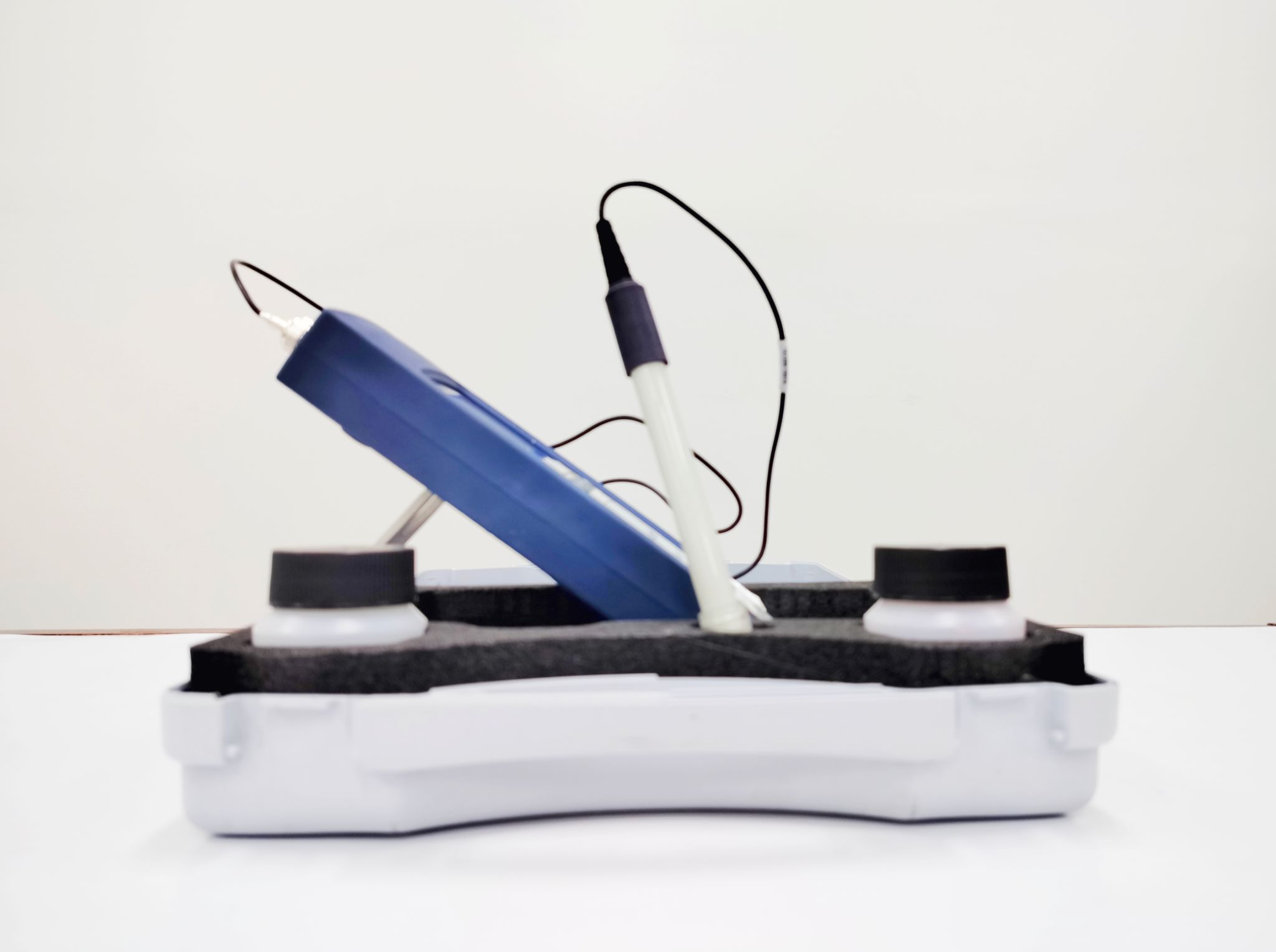Innovations in Drug Testing: Exploring New Methods and Technologies
The Evolution of Drug Testing
Drug testing has long been a critical component of workplace safety, law enforcement, and sports integrity. Traditionally, methods such as urinalysis and blood tests have dominated the field. However, recent advances in technology are paving the way for more efficient and accurate drug testing techniques. These innovations are transforming how we detect and understand substance use, offering a more comprehensive view of both immediate and long-term drug consumption.

Advancements in Drug Testing Technologies
One of the most promising developments in drug testing is the use of saliva-based tests. These tests are less invasive than traditional methods, providing a quick and straightforward way to detect recent drug use. Saliva tests can often be administered on-site, delivering results in a matter of minutes. This immediacy is particularly valuable in settings where time is of the essence, such as roadside testing or workplace incidents.
Another significant advancement is the introduction of hair follicle testing. Unlike saliva or urine tests, hair tests can detect drug usage over a much longer period, often up to 90 days. This method is particularly beneficial for employers or agencies looking to understand an individual's longer-term substance use history. Although hair testing is more expensive, its accuracy and extended detection window make it a compelling option for many organizations.
The Role of Artificial Intelligence in Drug Testing
Artificial Intelligence (AI) is playing an increasingly important role in the evolution of drug testing technologies. AI algorithms can analyze complex data sets with greater speed and accuracy than human counterparts, making it easier to identify patterns of substance use. For instance, AI can be used to enhance the sensitivity and specificity of tests, reducing the likelihood of false positives or negatives.

Moreover, AI-driven analysis can integrate results from multiple types of tests to provide a comprehensive overview of an individual's drug use history. This holistic approach allows for more informed decision-making and can significantly aid in both clinical settings and law enforcement efforts.
Innovative Portable Testing Devices
The development of portable drug testing devices is another exciting innovation in this field. These devices are designed to be lightweight and easy to use, making them ideal for use in various environments. Portable devices can test for multiple substances simultaneously and often provide instant results, which is invaluable for situations requiring immediate action.

Many of these devices are now being equipped with connectivity features, allowing them to sync with mobile apps or cloud-based platforms. This connectivity enables real-time data sharing and analysis, which can be particularly beneficial for monitoring compliance in rehabilitation programs or probation settings.
The Future of Drug Testing
As innovations in drug testing continue to evolve, we can expect even more sophisticated techniques to emerge. Researchers are currently exploring the potential of wearable technology that could monitor substance use continuously. These devices could offer valuable insights into how drugs interact with the body over time and provide real-time feedback to users or healthcare providers.
The future also holds promise for enhanced privacy measures and ethical considerations in drug testing. With growing concerns about data privacy, new technologies will need to ensure that individuals' rights are protected while maintaining the integrity and reliability of test results.
Conclusion
Innovations in drug testing are rapidly changing the landscape of how we detect and understand substance use. From saliva-based tests to AI-driven analysis and portable devices, these advancements offer more efficient, accurate, and comprehensive solutions. As technology continues to advance, we can look forward to even more groundbreaking methods that will further enhance our ability to monitor and address drug use effectively.
